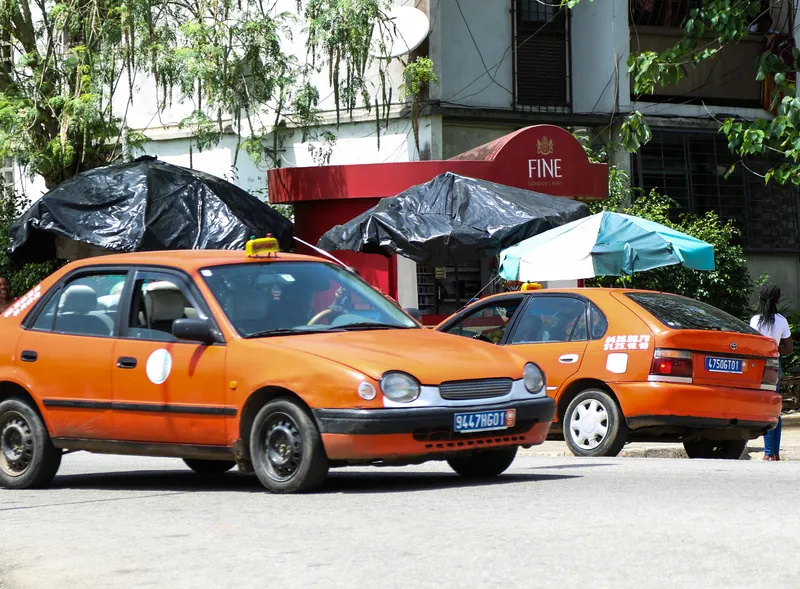Nexcom said its VTC 7200 series invehicle computer is ideal for use on public transits, law enforcement and handling/transportation of dangerous or valuable items and features servergrade functionality to handle applications including remote video streaming, licenseplate recognition, fleet telematics and in-vehicle infotainment.
The unit can decode multiple video streams to help drivers monitor their vehicle’s surroundings and interior from multiple angles with the videos and information stored lo
October 21, 2014
Read time: 2 mins
The unit can decode multiple video streams to help drivers monitor their vehicle’s surroundings and interior from multiple angles with the videos and information stored locally and shared with a remote centre. It can also be used as bus signage to keep passengers informed and entertained.
A GPS, G sensor is fitted along with digital inputs and outputs and CAN 2.0B with optional OBD II support. Beyond tracking a vehicle it can harness dynamic onboard information including a vehicle health status, a truck’s payload capacity and tank temperature.
The system can connect to up to four networks with a combination of 3.5G, LTE, and Wi-Fi for transmission of large volumes of data, allowing dispatchers to remotely monitor vehicle and contact the driver if necessary. It comes with a choice of three 4th generation Intel Core processors and two PoE switches are available to simplify connecting peripherals.










